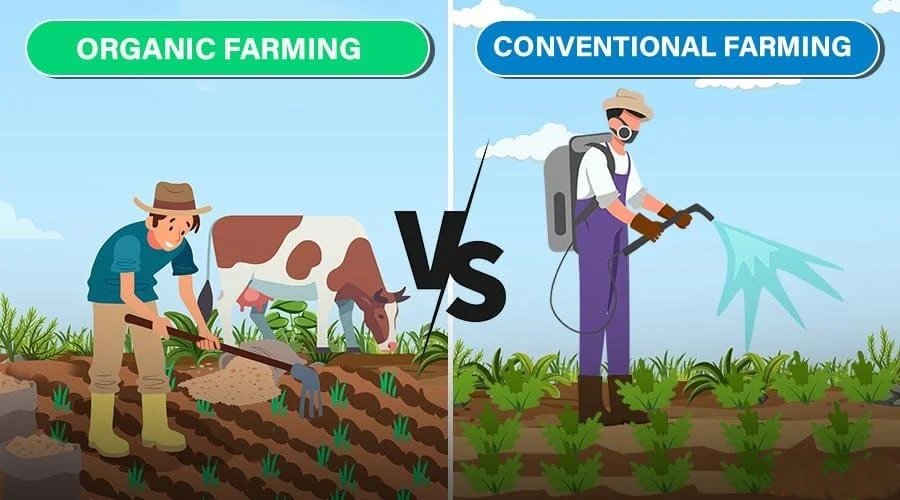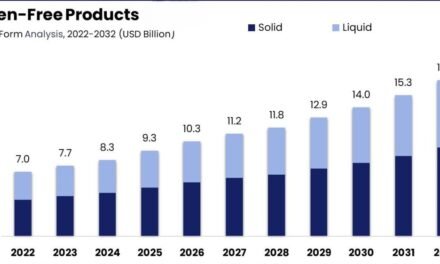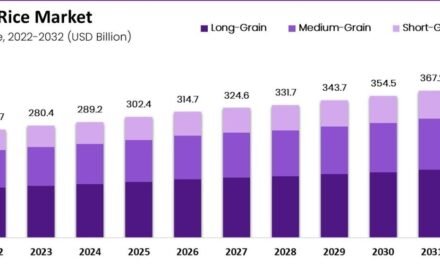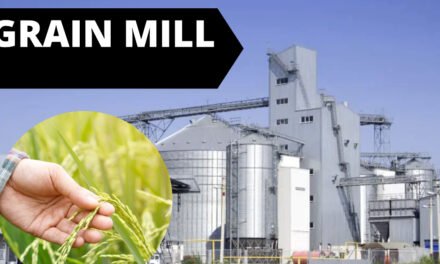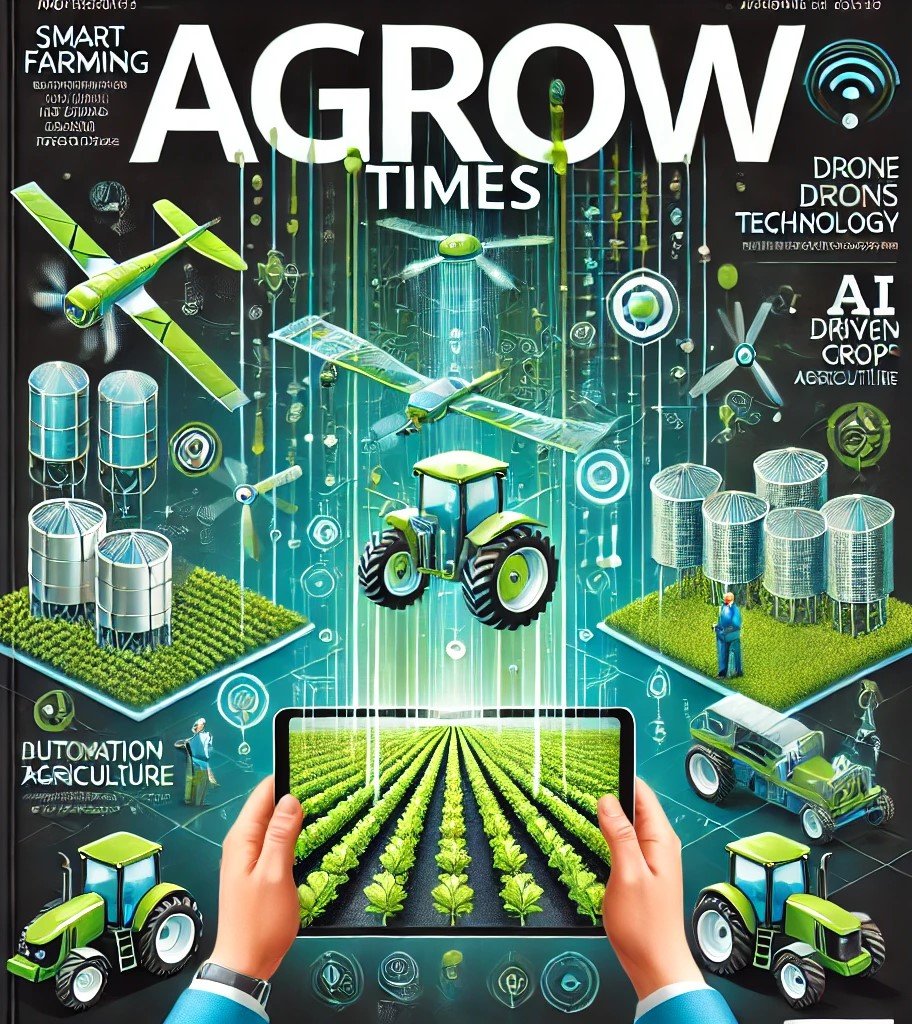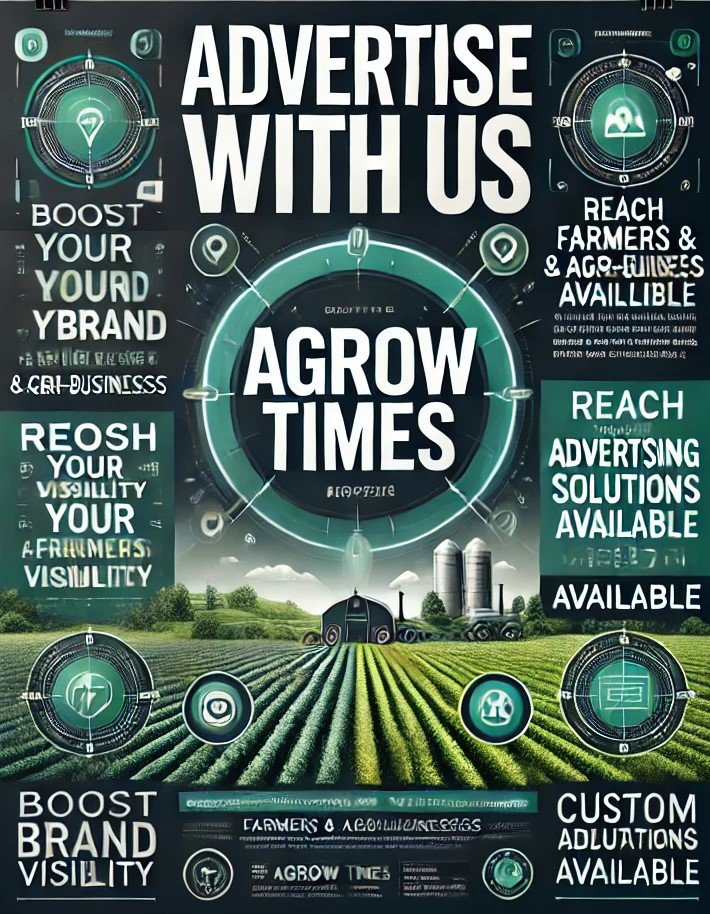Free-range, organic, and conventional livestock farming are three distinct methods of raising animals, differing in their approach to animal welfare, feed, environmental impact, and overall farming practices. Here is a detailed comparison of these systems:
1. Free-Range Livestock Farming
Free-range farming prioritizes giving animals access to the outdoors, allowing them to roam and engage in natural behaviors.
Key Features:
- Outdoor Access:
- Animals must have access to open pastures or outdoor areas for a specified period.
- Animal Welfare:
- Encourages natural behaviors like grazing, pecking, or foraging, reducing stress and improving animal health.
- Feed:
- Animals are typically given a mix of forage (grass, plants) and supplementary feed.
- Antibiotics and Hormones:
- Use of antibiotics or growth hormones varies depending on regulations but is generally minimized.
- Environmental Impact:
- Lower than conventional systems due to natural grazing, though overgrazing and land use can still occur.
Examples of Animals Raised Free-Range:
- Poultry (chickens, ducks)
- Cattle (beef and dairy)
- Pigs and sheep
Pros:
- Improved animal welfare and healthier animals.
- Better-quality products (e.g., grass-fed meat, free-range eggs).
- Reduces overcrowding and stress.
Cons:
- Higher costs for land, labor, and feed.
- Exposure to predators, diseases, or harsh weather.
- Lower production efficiency compared to intensive systems.
2. Organic Livestock Farming
Organic farming focuses on producing livestock under strict regulations regarding feed, animal welfare, and environmental sustainability.
Key Features:
- Feed:
- Animals must be fed certified organic feed, free of synthetic chemicals, pesticides, and genetically modified organisms (GMOs).
- Animal Welfare:
- Animals must have access to outdoor areas and sufficient space for movement.
- Practices like tail docking and beak trimming are restricted or prohibited.
- Antibiotics and Hormones:
- Use of antibiotics, synthetic hormones, or growth promoters is strictly prohibited.
- If an animal is treated with antibiotics, it may lose its organic certification.
- Environmental Standards:
- Emphasis on sustainable land use, manure management, and minimizing pollution.
- Certification:
- Organic certification requires adherence to specific national or international standards (e.g., USDA Organic, EU Organic).
Examples of Animals Raised Organically:
- Dairy cows for organic milk.
- Free-range chickens for organic eggs.
- Pigs and cattle for organic meat.
Pros:
- Environmentally sustainable with reduced chemical inputs.
- High animal welfare standards.
- Products are free of synthetic chemicals, antibiotics, and GMOs, appealing to health-conscious consumers.
Cons:
- Higher production costs lead to more expensive products.
- Lower yields compared to conventional systems.
- Certification processes can be costly and time-consuming.
3. Conventional Livestock Farming
Conventional farming focuses on maximizing productivity and efficiency through industrialized, intensive farming methods.
Key Features:
- Animal Housing:
- Animals are often kept in confined spaces, such as feedlots, cages, or barns, to optimize production.
- Feed:
- Animals are fed a mix of grain-based feeds, protein supplements, and sometimes growth-promoting additives.
- Feed may include genetically modified (GM) crops.
- Antibiotics and Hormones:
- Antibiotics are used preventatively and therapeutically to promote growth and prevent diseases.
- Hormones may be used to accelerate growth or increase milk production (in some regions).
- Productivity:
- Intensive systems maximize meat, milk, and egg yields to meet global food demand.
- Environmental Impact:
- High due to waste generation, emissions (methane, ammonia), and feed production using synthetic inputs.
Examples of Animals Raised Conventionally:
- Broiler chickens in battery cages.
- Feedlot beef cattle (grain-fed).
- Pigs in confined barns.
Pros:
- High efficiency and productivity.
- Lower costs for consumers due to economies of scale.
- Reliable supply of animal products year-round.
Cons:
- Poor animal welfare (e.g., confinement, stress, and overuse of antibiotics).
- Environmental degradation (e.g., water pollution, greenhouse gas emissions).
- Concerns over food safety (e.g., antibiotic residues, hormone use).
Key Differences at a Glance
- Animal Welfare:
- Highest in organic and free-range systems; compromised in conventional systems due to confinement.
- Feed Standards:
- Organic systems require certified organic, non-GMO feed.
- Free-range uses mixed feed, while conventional allows GMOs and additives.
- Antibiotics and Hormones:
- Prohibited in organic systems, minimized in free-range, but common in conventional farming.
- Environmental Impact:
- Organic farming is the most sustainable, followed by free-range, while conventional farming has the largest environmental footprint.
- Cost and Accessibility:
- Conventional products are the cheapest and most widely available, while organic products are the most expensive.
Conclusion
The differences between free-range, organic, and conventional livestock farming lie in their approach to animal welfare, feed quality, productivity, and environmental sustainability.
- Free-range farming strikes a balance between animal welfare and productivity by allowing outdoor access and natural behaviors.
- Organic farming emphasizes sustainability, animal welfare, and chemical-free products, making it ideal for health-conscious consumers but more costly.
- Conventional farming focuses on efficiency and high yields to meet demand but often raises concerns regarding animal welfare and environmental impact.
Farmers and consumers can choose the system that aligns with their priorities, balancing production efficiency, ethical concerns, and environmental sustainability.
Hashtags
#FarmToTable #LocalFarms #NaturalFarming #GrassFed #FarmLife #FarmingCommunity #FarmersMarket #FarmFresh #GreenFarming #RegenerativeAgriculture #SmallScaleFarming #FamilyFarms #SupportLocal #HealthyEating #FarmersOfInstagram #FarmLifeBestLife #SustainableLiving #FarmersPride #FarmersUnited #FarmingForTheFuture #FarmersGrowth

